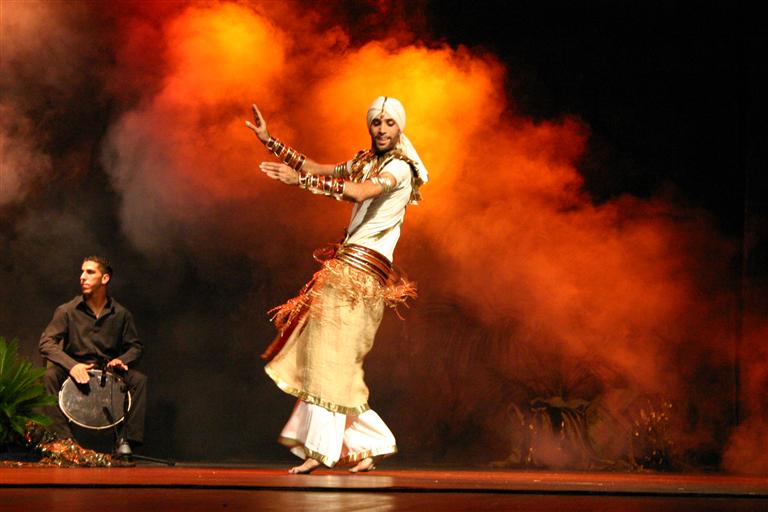
Male Belly Dancing.
In this type of dancing, which to those who are curious and are surprised there are indeed Male Belly Dancing, has a curious history linked with culture, subjugation and the usual hate and prejudice we read a lot more often. Documentation on Male Belly Dancing, as it is, is scant and tedious to gather, as most are anecdotal and mainly from the present – yet we see ancient Egyptian tombs with paintings – samples here, showing people in those poses typically done in belly dancing (though we’re not sure if they’re actually male).
However, we can always start, theoretically speaking, that dancing itself must have started during unrecorded times when people – the old, young, men and women alike – gathered together to celebrate events and even the ordinary happenings in their lives. People then, as most of us nowadays, could have found means to express physically their joyfulness and other emotions, of which in dancing can be very well expressed in a more authentic manner. The celebrations, with concomitant festivities, must have been continued periodically, such that traditions from them were then developed in time.
These traditions, including that of male belly dancing, have continued to flourish for many, many more years that passed, that everybody in the community would participate in the dancing. We recognize here the origins of folk dancing, of which belly dancing has one its roots. And people from the Middle East, and Africa, where belly dancing is believed to have originated, apparently don’t see much problem from men doing belly dancing in modern times, as long as they’re doing it “folkloric” style.
And available documents show that men have been doing belly dancing, which can be gleaned from folk dancing, or what’s known as “raqs baladi” in Arabic. Male Belly Dancing is most particularly familiar, historically in Turkey. During the long history of the Ottoman Empire, “rakkas” or male belly dancers supplied the need for Ottoman men to watch something visually artistic and pleasing – as women were generally not around during social and entertainment life. Rakkas maybe either “kocek (or kocheks)” or “tavsan oglan,” most of which, even to-date, maybe seen performing during Ramadan.
The Koceks, who would usually wear women’s garb, and with long, flowing hair were described as: “young boys who were sensuous, attractive, effeminate, and carefully trained in music and dance. Their dancing was sexually provocative and impersonated female dancers. It incorporated ladylike walking, finger snapping (a special two-handed finger snap), slow belly movements, suggestive gestures, acrobatics, and playing wooden clappers called campara or, in later times, metal cymbals called zills. The boys danced as long as they stayed good looking and could hide their beards. The dancing boys were an acceptable substitute for the prohibited women dancers.” They faded into relative obscurity after they were officially banned in 1856.
The tavsan oglan (“rabbit boy”) usually have “charming little hats” and “tight pants,” who historians note might have come from the islands in the Aegean and Marmara regions. Most worked as bartenders, too, in meyhanes (traditional restaurants serving hors d’oeuvres – meze, and Turkish beverage – raki).
The presence of these male belly dancers during those historical periods reflect Turkish society then, when men and women were strictly segregated, and where men dominated all aspects of life. Even celebrations, including those in weddings then, have separate functions for men and women, thus these male belly dancers easily supplied what was lacking and missed.
Turkish Male Belly Dancing also had its counterparts in Egypt, where they were around until around mid 19th century. W.E. Lane’s book “Manners and Customs of the Modern Egyptians” and Gustave Flaubert’s “Travels in Egypt” describe these dancers extensi


Recent Comments